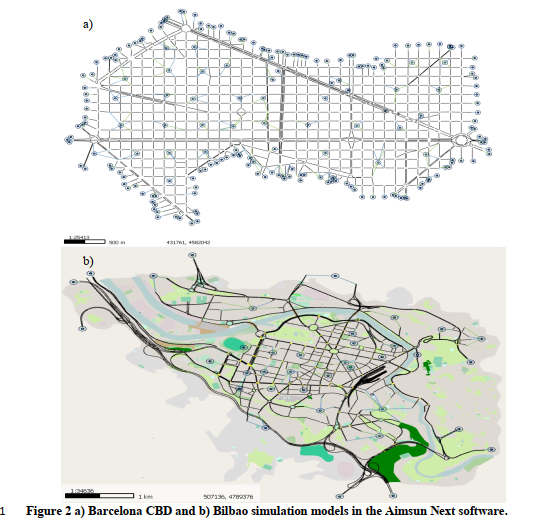
The paper proposes a general framework for the assessment of the impacts of the introduction of Connected and Automated Transport Systems (CATS) on traffic. The main objective is to address the question of scalability and transferability of the identified impacts of Autonomous Vehicles (AVs) in particular, focusing on network performance of urban areas. A combination of microscopic and macroscopic simulations as well as statistical methods are applied. Microscopic simulation is conducted to measure the changes in network capacities by utilizing the concept of the Macroscopic Fundamental Diagram (MFD), under different AV penetration rates. The resulting capacities are used to estimate the effects on the Passenger Car Units (PCU) under different AV penetration rates and derive functional relationships, which are further introduced to travel demand models to forecast the macroscopic impacts on network performance. The results indicate a positive impact in terms of capacity changes due to the presence of AVs which vary with penetration rate. Analysis of three different urban networks, Barcelona, Bilbao (Spain) and Athens (Greece), reveals consistent trends. However, notable differences are observed on the estimated PCUs for Athens, potentially due to the different mixed-traffic composition. Further exploration of the critical AV modeling specifications and network characteristics is therefore required for deriving transferable PCU functional relationships across networks. Nevertheless, the static assignment results verify the expected trends in network performance impacts in relation to the applied PCU relationships. Finally, the transferability of the proposed methodology across networks is demonstrated.
| ID | pc437 |
| Full Text | |
| Tags |







